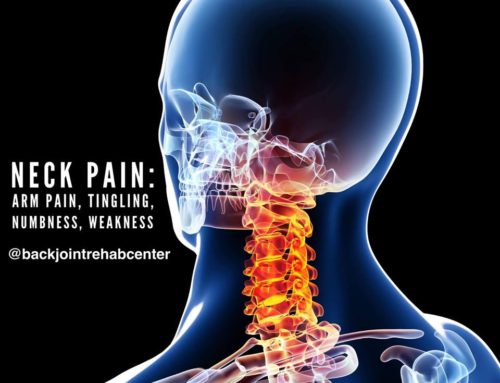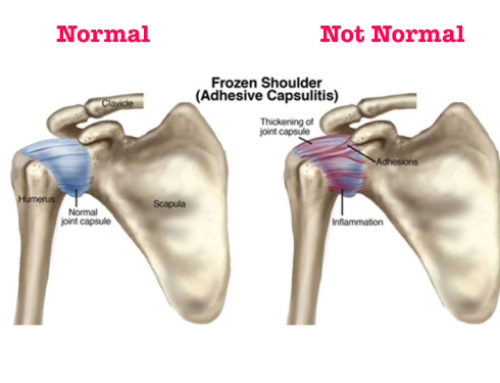PART 5: SHOULDER BURSITIS
In the Fifth Part of the Shoulder Series, we discuss the pain and problems associated with Shoulder Bursitis. This article will help you identify characteristics associated with Shoulder Bursitis pains.
Have you been told you have Shoulder Bursitis? Do you know what that actually means? This article will provide you information to help you understand shoulder bursitis, pain presentation, limitations, and how to respond.
The shoulder anatomy consists of tendons, ligaments, bursas, cartilage, and labrum. In this article, we will focus on the bursa and how it interacts with the shoulder complex. A bursa is a sac filled with lubricating fluid that is located between tissues such as bones, muscles, or tendons to reduce friction. The bursa helps with smooth movement of the shoulder and associated areas that are involved to move the arm. The purpose of the bursa is to reduce friction.
In the shoulder, you have 3 main bursae that reduce friction from the deltoid, collar bone, and between shoulder joint.
Bursae in the Shoulder:
WHAT IS SHOULDER BURSITIS?
Bursitis is inflammation or irritation of the sac that is filled with lubricated fluid.
WHAT CAUSES SHOULDER BURSITIS?
Shoulder Bursitis is typically caused by poor repetitive movement of the shoulder. Other causes include sudden impacts to the area such as a sports injury or accident. Overuse of the shoulder with poor movement can lead to these types of injuries. Many individuals at risk for these injuries are physical labor jobs who typically work overhead, construction workers, painters, factory workers, or athletes such as tennis players, pitchers, volleyball players, golfers, and weightlifters.
As we age, the recovery time for our muscles, tendons, and joints increases. We require more time to return back to normal state after experiencing a physical stress whether it be work, exercise, or repetitive movement. Exceeding physical capabilities or physical thresholds of tolerance will lead to some degree of disrupted movement or pain. Ignoring the signs and symptoms of soreness and fatigue, while continuing with the overhead activities placing more stress on the shoulder will typically lead to irritation or inflammation of the bursa, thus, bursitis.
BURSITIS: PAIN PRESENTATION
- Constant Pain (Every Hour, Minute, Second in the Day)
- No Loss of Range of Motion (It may be intolerable to move the shoulder, but the range of motion is not lost, the pain provides inability to tolerate movement)
- Continued Shoulder Use, Increases Pain
- Severity of Pain Intensity Will Vary
- Pain is Localized, Never Travels or Moves
HOW TO TREAT BURSITIS?
- Reduce or Restrict Aggravating Activities
- Rest & Ice the Injured Area
- Take Anti-Inflammatory Medicines (ibuprofen, naproxen, aspirin)
- Worse Conditions, May Require Steroid Injections, or Prescribed Anti-Inflammatory Medication
- Physical Rehab to Correct Poor Movement, Improving Range of Motion, Strength, & Tolerance of Stressors
There are other signs that may suggest infection and should not be ignored. Should you believe you experience any of these symptoms, you should visit your doctor immediately. Other serious signs that may suggest infection include having a fever associated with the time of onset, spreading to other areas, swelling, redness, hives, or inability to move.
If you or someone you know suffers with Shoulder Bursitis or other shoulder problems, please give us a call. We help people who suffer from all types of physical injuries.
We are Dedicated to Get You Better Through Movement…
For Appointments Call (219)-310-8822
Dr. Artemio Del Real DC, Cert. MDT, CSCS






